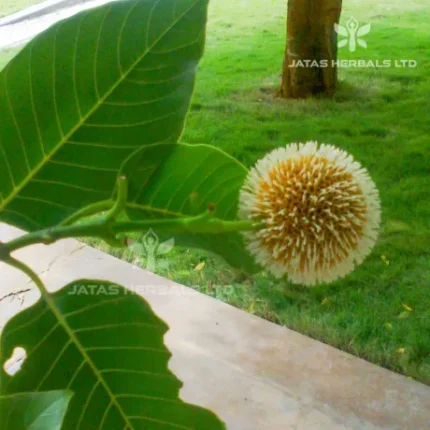Special Notes – Godhuma is extensively used cereal for times immemorial. Brhat trayi quoted itinnumerable times praising its nutritional as well as medicinal values. Astangasangraha cautioned its usage as oil-fry (puri, samosa etc). By nature godhuma may be caksusya but the same if fried in oil it is claimed to be harmful to the eyes. Bhavamisra mentioned three varieties viz., maha godhuma (Western region), madhuli (Central region) and nandimukha or dirgha godhuma.
Botanical description – An annual herb; stem tufted, erect or semi-erect, hollow, covered by leaf sheaths; leaves flat, long and narrow; flowers in spikelets, sessile, distichously spicate; upper flowers male or neuter; glumes rigid, aften unequal seeded; flowering glumes oblong or ventricose, dorsally rounded or keeled above; grains grooved ventrally, often hairy, free or adherent to the palea. Flowering in winter and fruiting in March-May. Cultivated in several parts of India.
Part used – seeds, grass.
Uses – Seeds are known as tonic, appetizer, nutritious etc.
Chemical constituents – p-Aminobenoic acid, biotin, carotene, folic acid, pantothenic acid, nicotinic acid, riboflavin, thiamine, protein, glutenins, lutein, lipoxidase, pyrogallol oxidase, fructose, glucose, pectins, ergosterol (provitamin-D) etc.
Note : Wheat-grass therapy is a well practiced concept in the western countries as well as in urban India.





Reviews
There are no reviews yet.